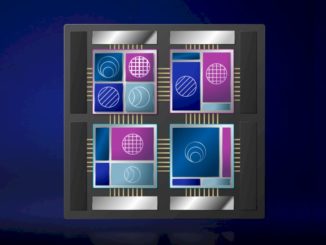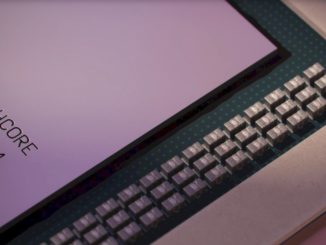
Armv9 Architecture Helps Lift Arm To New Financial Heights
The Armv9 architecture has a lot of technical enhancements to commend it, but as far as Arm Holdings, the creator and licensor of the Arm architecture, is concerned one of the best features of Armv9, which was first unveiled four years ago, is that it comes with a higher royalty fee than prior Armv7 and Armv8 architectures. …








